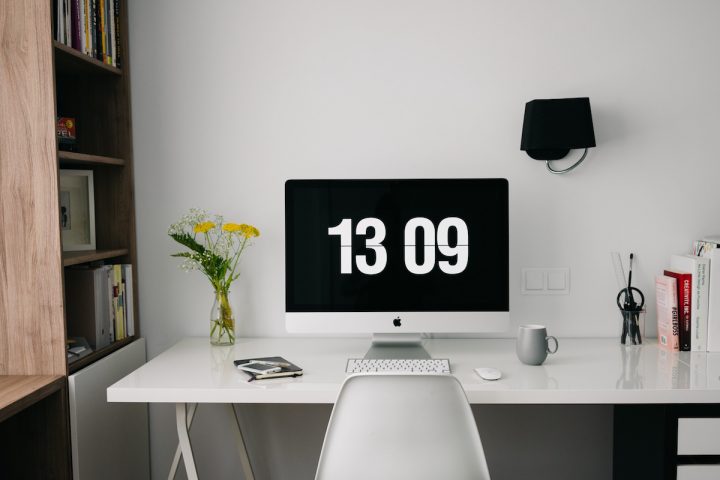Could Time Blocking be your solution to be more productive?

Will we still have jobs in the future?
February 20, 2018
[Infographic] How millennials respond to paper mail
February 28, 2018
Time is an increasingly scarce commodity. The tasks we have to do, the multiple distractions that arise every day, every hour, seem to keep us from being and giving our best. Could Time Blocking be the solution?
Time Blocking is one technique that promises to help us become more resilient against distractions, more focused and, therefore, more productive.
As a concept it is as simple as it sounds: you simply block off periods of your day to certain tasks.
Simple and insanely productive
It’s favored by entrepreneur and blogger Abby Lawson. In her blog “The simple technique that helps me be insanely productive every single day,” Abby explains how Time Blocking has helped her build her blog into a $500k+ a year business.
Abby says: “I write down all my tasks that I need to do in a day and then, once I have that list, I schedule each of those tasks into a time slot on my calendar. I plan out exactly ‘from nine to ten, I’m going to check email. From 10 to 11, I’m going to answer comments on my blog’, or whatever it is that particular day. I plan out pretty much every minute of the day, what’s going to be happening.”
Whether you choose to use a paper calendar, your phone or an electronic calendar to block out each of these task periods, the beauty of the approach is keeping you focused on the tasks that you most want to achieve that day.
Abby says: “It keeps me on task, and a lot less likely to go down the Facebook rabbit hole, or get distracted by something else because I know that if I take too much time on this task, it pushes the rest of my schedule back and I won’t complete everything I set out to do that day.”
What You Need to Get Started with Time Blocking
The great advantage of time blocking is how little you need to get started.
First, choose a calendar in which to block out time periods when you’ll focus on each task.
Then, begin each day by writing a list of all the jobs you wish to complete during that day. Assign each task a block of time in your day when you will focus on it and it alone.
If you choose to use the calendar on your phone, or another electronic calendar, you might wish to use the alarm function to keep you on track.
In conjunction with this, productivity apps can be a great way to block off time periods and limit the functionality on your PC – so you can’t access Facebook or other social media during certain time blocked periods.
Using a Desktop Planner
Alternatively, you could consider using a desktop daily planner with hourly slots – so you can see at a glance what you should be doing at any given moment; a sure-fire way to keep focused.
You can choose a more creative and inspiring model or in a more utilitarian style, or you can go with a desktop planner that offers more scope for you to organize your tasks.
What Are the Secrets to Successful Time Blocking?
Here are a few tips from Business Optimizer to get you started:
- Schedule your most important work first, then fit less important work in around that.
- Break large or daunting jobs into smaller, more manageable tasks that can be scheduled more easily – they’ll be less daunting then too.
- Assign the most important or difficult tasks to the times of day when you know you are at your most productive.
- Don’t forget to schedule breaks; if you feel your concentration wavering stop for a healthy snack or work around the block, before returning to the task at hand. You’ll find it easier to tune out distractions.
- If you work in an office, getting in early can be a great way to tick off some of your most important tasks for the day while it is still quiet and there are few distractions.
- Let colleagues know when you will be uncommunicable – consider specifying a few regular hours each day when you will respond to inquiries and add these to your voicemail messages and email signature, so clients and colleagues know when they can expect a reply.
- Turn off emails and social media when you don’t need them.




